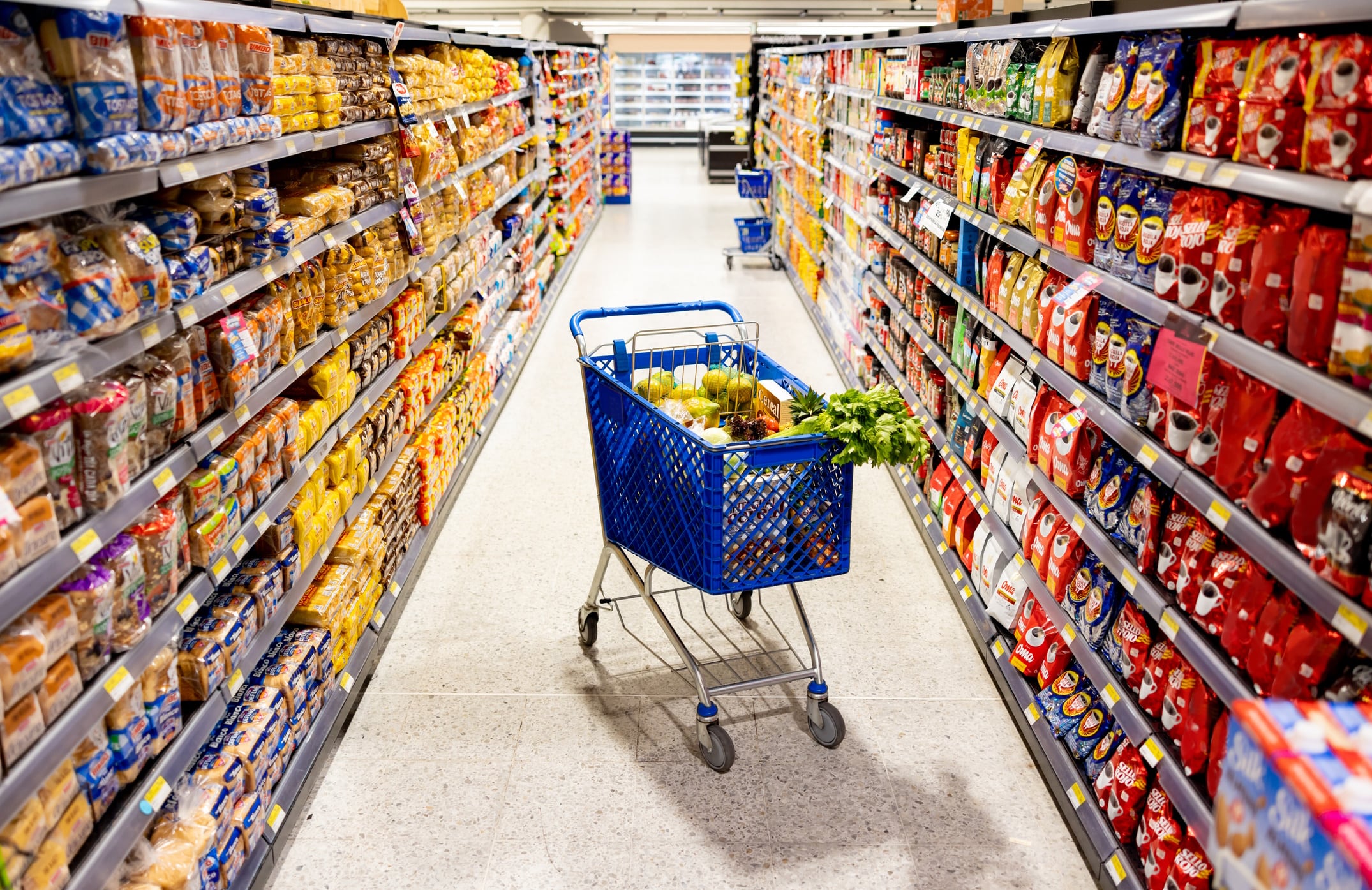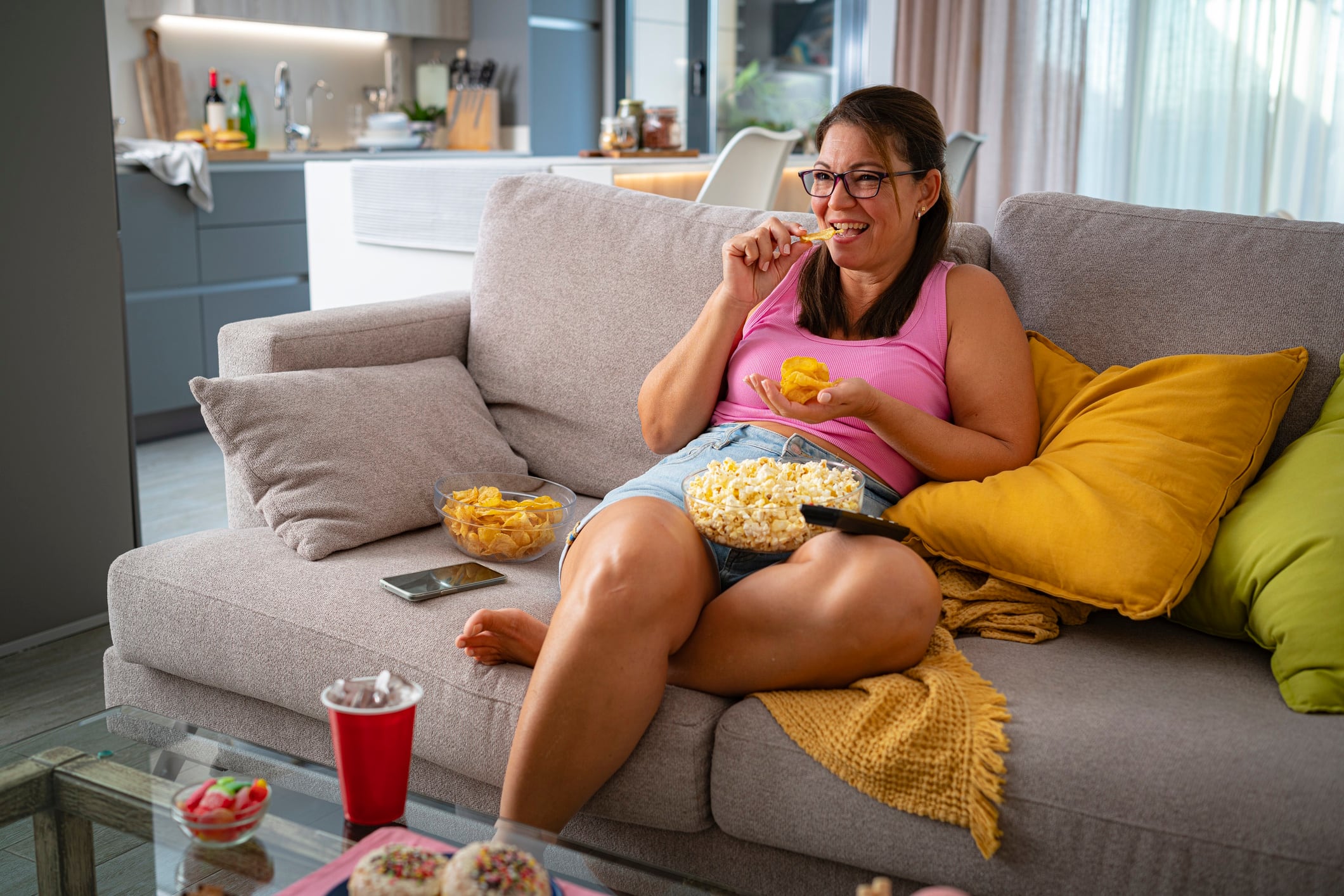Key takeaways:
- Nearly four in 10 UK shoppers plan to buy fewer HFSS products once multibuys vanish, signaling a major shift in basket dynamics.
- Independent evaluations show HFSS rules are already cutting millions of unhealthy items from daily sales and nudging consumers toward healthier options.
- Bakery and snack brands that reformulate, simplify value cues and reposition indulgence stand to gain ground as rivals struggle without promotions.
The countdown has reached zero. From October 1, supermarkets in England will be barred from offering multibuys, buy-one-get-one-free (BOGOF) deals and other volume-based promotions on foods judged high in fat, salt, or sugar (HFSS).
The ban captures cakes, biscuits, pastries, crisps, chocolate, pizza, ice cream, fizzy drinks – the staples of the snack aisle.
Brits say it will change how they shop. In new polling by Vypr, 39% of shoppers say they’ll buy fewer HFSS products once volume promotions disappear. Back in 2022, when location-based restrictions first landed, only 11% said their baskets would shrink.
The same survey shows only 27% are still happy to buy HFSS items when they’re off-promo, down from 61% in 2022. It’s a dramatic fall in willingness to pay full price, and it spells danger for categories that once relied on ‘3-for-2’ mechanics to drive volume.
Yet support for the crackdown is robust. 61% of consumers say banning HFSS multibuys is a good idea – even though two-thirds admitted they had no idea it was coming. For bakery and snack brands, that’s a double bind: widespread backing for the rules, but weak awareness that could spark frustration when shoppers face new pricing dynamics at shelf.
From basket booster to basket killer

For years, multibuys were the heartbeat of the snack aisle, creating an illusion of value and encouraging bigger baskets. Now, inflation, tighter household budgets and health concerns are dulling their appeal.
“On the surface, this latest consumer insight shows that HFSS regulations as well as recent public focus on things like ultra-processed foods (UPFs) have been a huge success in terms of helping the nation to eat more healthily,” said Vypr founder Ben Davies. However, he added that many respondents still accused government of “babying consumers,” underlining the split between personal freedom and public health.
Independent evaluations suggest the policy is already working. The University of Aberdeen’s Rowett Institute found HFSS restrictions are cutting sales by two million items per day. A team at Leeds University’s Obesity Policy Research Unit reported HFSS purchases slipping from 20 to 19 items per 100 after location rules were introduced – a small but significant shift. As Leeds researcher Dr Jordan Beaumont put it: “Our study shows promise for regulation to reduce purchasing of unhealthy foods … but must be combined with approaches to make healthier foods more affordable.”
Meanwhile, data from Savanta indicates 65% of UK adults say regulation restricting HFSS advertising to children is helpful, signaling growing public appetite for further controls beyond promotions. The public mood is similar in Scotland, where Obesity Action Scotland found 76% of people believe multibuy deals encourage unhealthy consumption.
For bakery and snack producers, the data points to clear shifts tilting toward healthier environments. The policy is biting and shoppers are increasingly willing to change.
The early warning signs

The first wave of HFSS rules – banning end-of-aisle and checkout placement for unhealthy foods from October 2022 – offers valuable lessons for the multibuy ban.
Sales dipped, but categories didn’t collapse. Kantar data showed HFSS items lost impulse sales but retained planned purchase volume. That suggests promotions drove incremental rather than essential purchases.
Reformulated lines gained flexibility. Brands that cut sugar, fat or salt below HFSS thresholds were able to maintain prominent shelf positioning and keep value perception intact.
Shoppers got savvier. Label-checking has actually declined (from 73% in 2022 to 58% in 2025, as per Vypr), but more consumers say they buy healthy foods regularly. The implication is that consumers now recognize unhealthy products on sight and seek out healthier cues without reading fine print.
Retailers also learned quickly. In 2023, the Association of Convenience Stores flagged that small shops relying on HFSS promos risked footfall declines unless they diversified assortments. That same logic applies upstream: brands that can’t show value without a promo mechanic will be vulnerable to de-listing.
Five moves to stop your brand sinking in a post-multibuy world
With less than a week to go, bakers and snack makers need more than compliance. They need a plan to stay relevant when promo-driven volume disappears.
Reformulate with intent
Consumers expect reformulation – 37% in Vypr’s latest poll said brands should be changing recipes to meet HFSS rules, little changed from 41% in 2022. Reformulation is no longer optional.
Action point: Prioritize your biggest SKUs where incremental reductions in sugar or salt could bring products under the threshold. Pair technical work with consumer testing to safeguard taste, since flavor remains shoppers’ top priority.
Replace deal math with clear value
The death of ‘2-for-£3’ mechanics doesn’t mean the death of value. It means consumers want transparency.
Action point: Introduce smaller packs with lower price points or clearly price-marked formats. Emphasize unit cost per portion. If shoppers feel they’re being forced to pay more for less, they’ll switch brands.
Make health cues unmissable
With fewer people scrutinizing labels, front-of-pack communication is critical.
Action point: Use bold ‘non-HFSS’ messaging where compliant, backed by recognizable icons like ‘wholegrain’ or ‘lower sugar’. Deploy shelf talkers and online filters to highlight healthier choices instantly.
Premiumize indulgence
Indulgence isn’t disappearing but it must feel intentional. As taste and value remain priorities, brands should shift from ‘routine treat’ to ‘special treat’.
Action point: Launch limited editions, seasonal bakes or premium snack lines that signal experience rather than bulk consumption. Position indulgence as a conscious reward, not a default filler.
Build brand memory before 2026
The October ban is only phase two. On January 5, 2026, HFSS advertising bans hit TV and online across the UK. The window to seed compliant ranges and cement brand equity is closing fast.
Action point: Push hard now in owned channels, retailer activations and permissible campaigns. By 2026, you’ll be leaning on whatever memory structures you’ve already built.
Next stop: the ad blackout

England’s HFSS regime is being watched closely across the UK and beyond. Independent studies already suggest it works, public opinion is supportive and the trajectory is toward tougher restrictions. This makes the October 1 ban both a threat and an opening.
The threat: losing the promotional crutch that drove incremental sales for decades.
The opening: winning share with reformulated, repackaged and repositioned products that speak to today’s shopper priorities – value, taste and increasingly, health.
“There is still a long way to go for consumers to be truly aware of what they are eating and drinking and more headway for brands to make changes and reformulate their products so they still taste good but are healthier,” said Vypr’s Davies.
This is no compliance exercise – it’s a power shift. The winners will be the bakers and snackmakers who seize the moment to reset their growth story.




